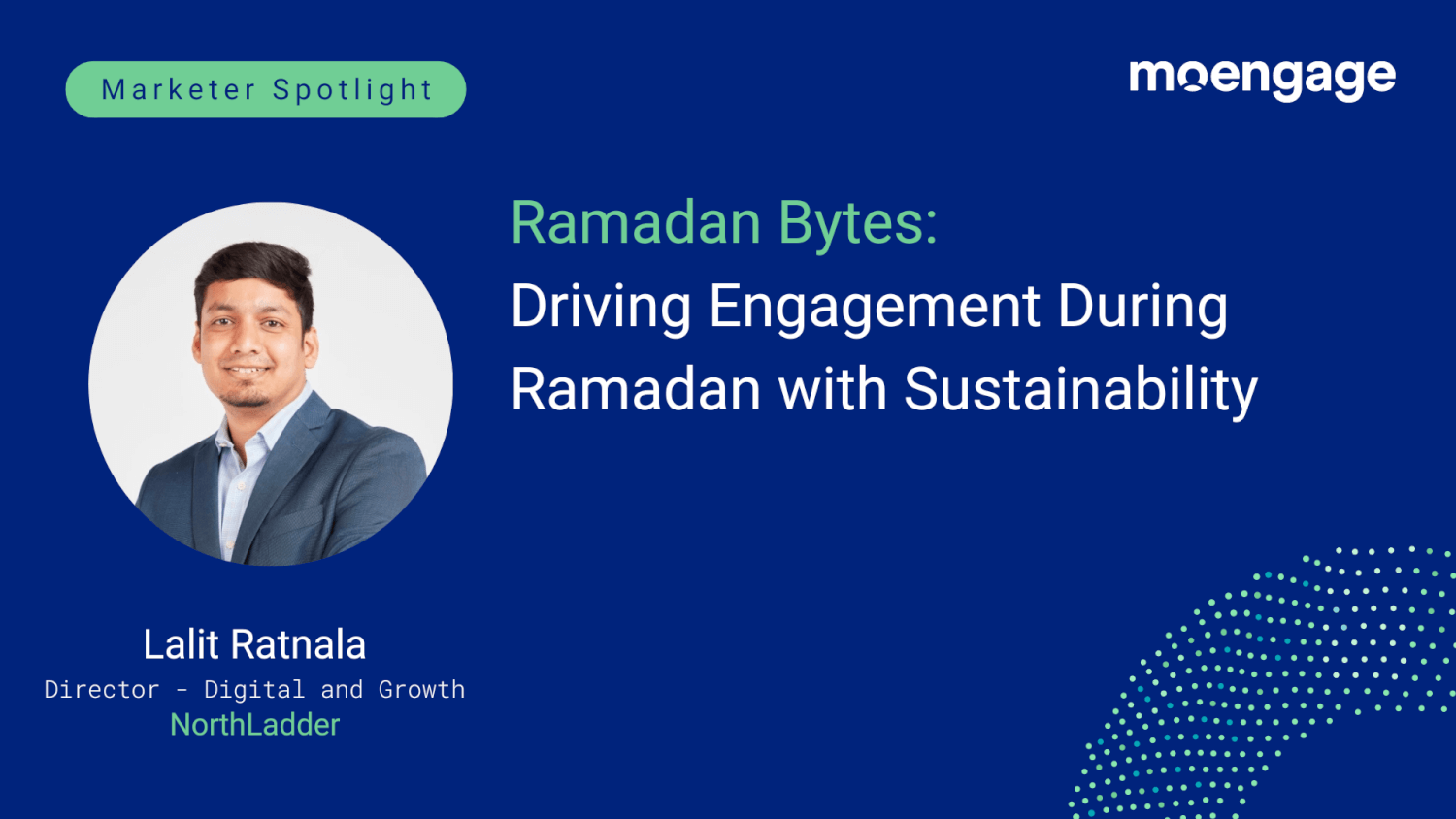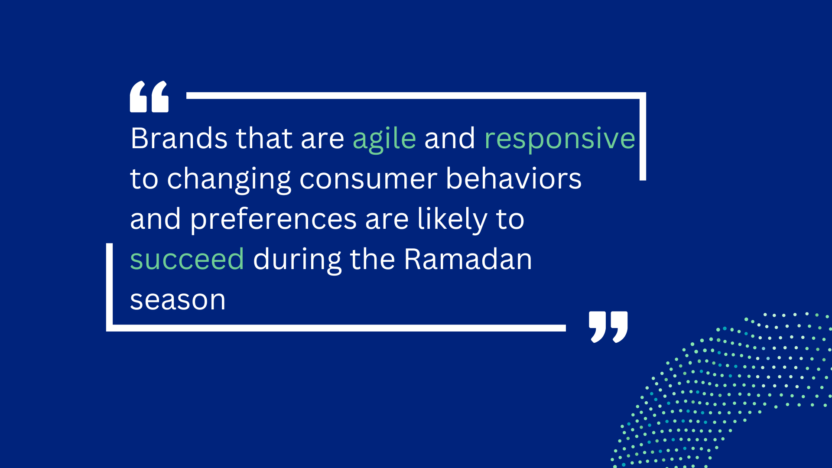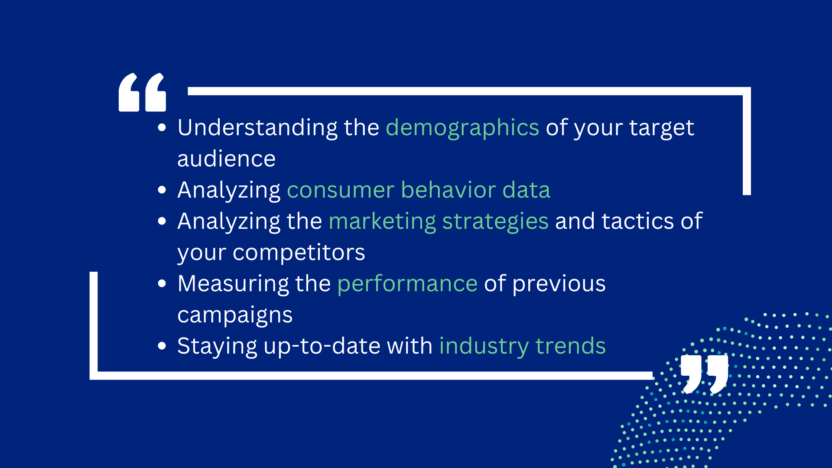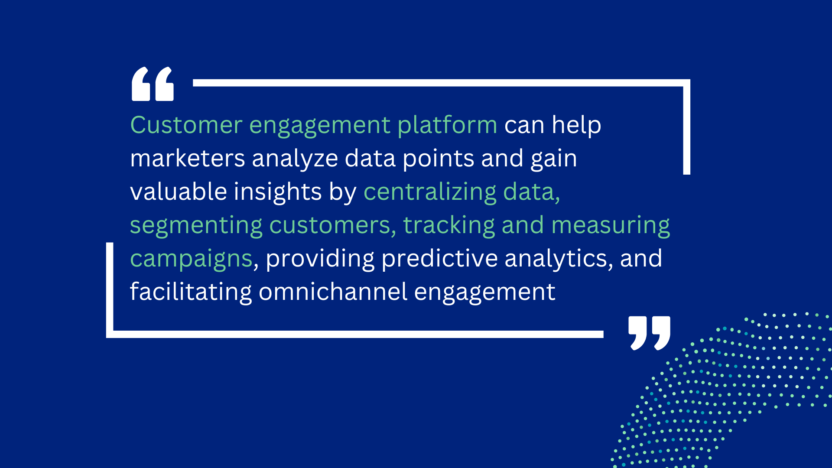Driving Engagement During Ramadan with Sustainability: Insights From NorthLadder (Lalit Ratnala, Director – Digital and Growth)

Reading Time: 8 minutes
Editor’s Note: Continuing with our special edition of Ramadan Bytes, where marketers from known brands in the region share their thoughts on Ramadan 2023 and the changes they expect, we spoke to Mr. Lalit Ratnala, Director – Digital and Growth at NorthLadder and talked about Ramadan and the role of sustainability in this festive period.
Please share a brief about your background and your role at Northladder.
I have been with NorthLadder for about a year, and I lead the digital, growth, and marketing for NorthLadder.
NorthLadder is a unique marketplace platform for pre-owned electronic devices, specifically in the categories of mobile phones, laptops, tablets & smartwatches. We have more than 500+ independent dealers/ small format electronic retailers subscribed to our platform, bidding live in the auction system for pre-owned electronic devices. We serve trade-ins across 90%+ organized retailers, major E-commerce, telcos, and OEMs across GCC and also run a digital platform called www.northladder.com where end consumers can sell their used devices. This way NorthLadder connects customers with dealers through an auction platform.
Used devices are typically in every house and every corporate. However, customers do not sell or trade-in due to inconvenience, data safety, low price, or they are not aware about how to sell. NorthLadder addresses all these concerns of the customers through innovative digital solutions and operational expertise.
Ramadan is an exciting time for consumers and brands. People come out to meet and greet, go out for meals and do other leisure activities. At the same time, brands devise strategies, offer discounts, and encourage customers to spend. However, Ramadan cannot be considered the same as any other shopping festival or holiday period. What are your thoughts on that?
Ramadan is indeed a unique time for consumers and brands. Unlike other shopping festivals, Ramadan has religious and cultural significance.
From a consumer perspective, Ramadan is not just about shopping and leisure activities. It’s a time for spiritual reflection, family bonding, and community engagement. While shopping and dining out remain an integral part of the Ramadan experience, they’re not the sole focus.
Similarly, from a brand perspective, the focus should not be solely on promoting discounts and driving sales. Brands need to be sensitive to the religious and cultural significance of Ramadan and align their marketing strategies accordingly. They should emphasize the values of generosity, compassion, and social responsibility that are central to the Ramadan experience.
It’s safe to assume that over the last 7-8 years, your association with multiple brands in the region has given you an exposure for preparing for a Ramadan season. In your opinion, what are some trends that you have observed in the last couple of years vs. what is expected this time?
In recent years, there have been several trends that have emerged during the Ramadan season. One of the most notable trends is the increasing use of digital media for marketing and advertising. Brands are leveraging social media, mobile apps, and other digital platforms to reach out to their customers and promote their products and services.
Another trend is the growing popularity of E-commerce during Ramadan. Consumers are increasingly turning to online shopping platforms to buy gifts, groceries, and other items, as they offer convenience and time-saving benefits. Brands are also using E-commerce platforms to offer exclusive discounts and promotions, targeting the growing number of online shoppers during the Ramadan season.
In the last couple of years, due to the COVID-19 pandemic, some changes in consumer behavior were seen during the Ramadan season. With restrictions on large gatherings and social distancing measures in place, consumers shifted towards smaller, intimate gatherings with family and close friends. Brands adapted their marketing strategies to target smaller groups and promote products that are suitable for such gatherings.
Additionally, with more people spending time at home, there was a great demand for online entertainment and streaming services during Ramadan. Brands that offered such services ramped up their marketing efforts to cater to this audience.
Overall, brands that are agile and responsive to changing consumer behaviors and preferences are likely to succeed during the Ramadan season. By understanding the trends and anticipating the needs of their customers, they can create marketing campaigns that resonate with their audience and drive sales.

Coming to your current brand, i.e., NorthLadder, where sustainability is a critical vision and mission. Similarly, this year, Ramadan’s theme in the UAE is also around sustainability. How do you see brands incorporating this in their campaigns?
Ramadan’s theme of sustainability in the UAE provides an opportunity for brands to align their campaigns with the values of environmental responsibility and social consciousness.
Here are some ways that brands can incorporate sustainability into their Ramadan campaigns:
- Promote eco-friendly products: Brands can highlight their sustainable and eco-friendly products, such as those made from recycled materials, biodegradable packaging, or organic materials. This can appeal to consumers who are environmentally conscious and want to make a positive impact on the planet.
- Encourage sustainable practices: Brands can encourage sustainable practices among their customers, such as reducing food waste, conserving energy, or using reusable bags. This can be done through social media campaigns, email marketing, or in-store displays.
- Support local communities: Brands can partner with local communities and organizations that promote sustainability and social responsibility. This can involve supporting local farmers, promoting fair trade, or donating a portion of sales to environmental causes.
- Adopt sustainable business practices: Brands can lead by example by adopting sustainable business practices themselves, such as reducing their carbon footprint, sourcing materials ethically, or using renewable energy sources. This can demonstrate their commitment to sustainability and inspire others to follow suit.
- Provide education and awareness: Brands can use their campaigns to educate consumers about the importance of sustainability and environmental responsibility. This can involve sharing tips and resources for sustainable living, raising awareness about environmental issues, or promoting sustainable initiatives.
Incorporating sustainability into Ramadan campaigns can help brands connect with consumers on a deeper level and create a positive impact on society and the planet. By aligning their campaigns with the theme of sustainability, brands can position themselves as socially responsible and environmentally conscious, which can help them build brand loyalty and attract new customers.
As this year is announced as the ‘Year of Sustainability’ by the UAE govt, brands need to focus more on incorporating sustainability into their campaigns which helps to connect well with customers.
NorthLadder, in partnership with Sacred Groves, has created a campaign called ‘Junk to Jungles’ where every brand/company or an individual can collaborate with NorthLadder and monetize their used/depreciated devices. The value generated through this can be given to Sacred Groves who would put it to the purpose of preserving forests across the world. This is a fantastic opportunity to reduce e-waste & carbon footprint and preserve forests at the same time.
Since we are discussing campaigns, data, and insights are something that helps a marketer in developing campaigns. Could you share some insights that you look at while strategizing a campaign?
Certainly! There are several key data points and insights that can help marketers develop effective campaigns. Here are some examples:
- Target audience demographics: Understanding the demographics of your target audience, such as age, gender, location, income, and interests, can help you tailor your messaging and creative assets to resonate with them. This information can be obtained through market research, social media insights, and website analytics.
- Consumer behavior: Analyzing consumer behavior data, such as purchase history, browsing activity, and engagement with marketing content, can provide valuable insights into what motivates your customers and how they interact with your brand. This can inform campaign messaging and help identify the most effective channels and tactics to reach your audience.
- Competitive analysis: Analyzing the marketing strategies and tactics of your competitors can help you identify gaps in the market and opportunities to differentiate your brand. This can involve analyzing their social media presence, website content, and advertising campaigns.
- Campaign performance metrics: Measuring the performance of previous campaigns can provide insights into what worked well and what could be improved in future campaigns. Key performance metrics to track include conversion rates, click-through rates, engagement rates, and return on investment (ROI).
- Industry trends: Staying up-to-date with industry trends, such as emerging technologies, changing consumer preferences, and shifting market dynamics, can help inform campaign strategy and identify new opportunities for growth.
By analyzing these data points and insights, marketers can develop campaigns that are targeted, relevant, and effective in reaching and engaging their target audience.

What is the role played by a customer engagement platform in helping you analyze those data points?
A customer engagement platform can play a crucial role in helping marketers analyze data points and gain valuable insights. Here are some ways a customer engagement platform can help:
- Centralizing data: A customer engagement platform can centralize data from various sources, such as website analytics, social media insights, and customer behavior data, into a single platform. This can help marketers gain a holistic view of their customers and their behavior across different channels.
- Segmentation and targeting: A customer engagement platform can segment customers based on various data points, such as demographics, behavior, and preferences. This can help marketers target specific customer segments with personalized messaging and offers that resonate with them.
- Campaign tracking and measurement: A customer engagement platform can track and measure the performance of marketing campaigns in real-time. This can help marketers identify which campaigns are driving the most engagement and conversions and adjust their strategy accordingly.
- Predictive analytics: Some customer engagement platforms offer predictive analytics capabilities, which can help marketers identify patterns and trends in customer behavior and make data-driven decisions about future campaigns.
- Omnichannel engagement: A customer engagement platform can help marketers engage customers across multiple channels, such as email, social media, and SMS. This can help create a seamless and consistent customer experience, regardless of the channel they are using.
In summary, a customer engagement platform can help marketers analyze data points and gain valuable insights by centralizing data, segmenting customers, tracking and measuring campaigns, providing predictive analytics, and facilitating omnichannel engagement. By leveraging these capabilities, marketers can develop campaigns that are more targeted, relevant, and effective in engaging their customers.

Ramadan is a season when people shop the most, but they also want to sell off their old electronic items. However, post the holiday season, every industry/vertical witnesses a dip in engagement. In your opinion, how can brands ensure that the dip in engagement is not substantial, and encourage people to drive towards sustainability in an off-season?
To mitigate the dip in engagement that typically occurs after a holiday season, brands can take several steps to maintain momentum and keep customers engaged. Here are some ideas:
- Continue to offer value: Brands can continue to offer discounts, promotions, and other incentives to encourage customers to make purchases even after the holiday season ends. By offering ongoing value, brands can help maintain interest and engagement.
- Foster a sense of community: Brands can create and nurture a community of loyal customers by offering exclusive content, events, and other perks. By building a sense of community, brands can keep customers engaged and invested in their brand even during the off-season.
- Focus on sustainability: As you mentioned, sustainability is a key theme of Ramadan this year. Brands can continue to promote sustainability initiatives and messaging even after the holiday season ends. This can help keep sustainability top of mind for customers and encourage them to make more sustainable choices throughout the year.
- Create new content: Brands can create fresh content, such as blog posts, videos, and social media content, to keep customers engaged and interested in their brand. This can include content that is related to sustainability, as well as other topics that are relevant and interesting to the brand’s target audience.
- Offer personalized recommendations: Brands can use customer data to provide personalized product recommendations and offers based on each customer’s interests and preferences. This can help increase engagement and encourage customers to make purchases even during the off-season.
Overall, by continuing to offer value, fostering a sense of community, focusing on sustainability, creating new content, and offering personalized recommendations, brands can maintain engagement and keep customers interested even after the holiday season ends.
Thank you so much, Lalit, for chatting with us and sharing your thoughts on how brands can engage with customers during such a special time.
Readers, you can connect with Lalit for more tips and advice on customer engagement during Ramadan and how to drive sustainability.







